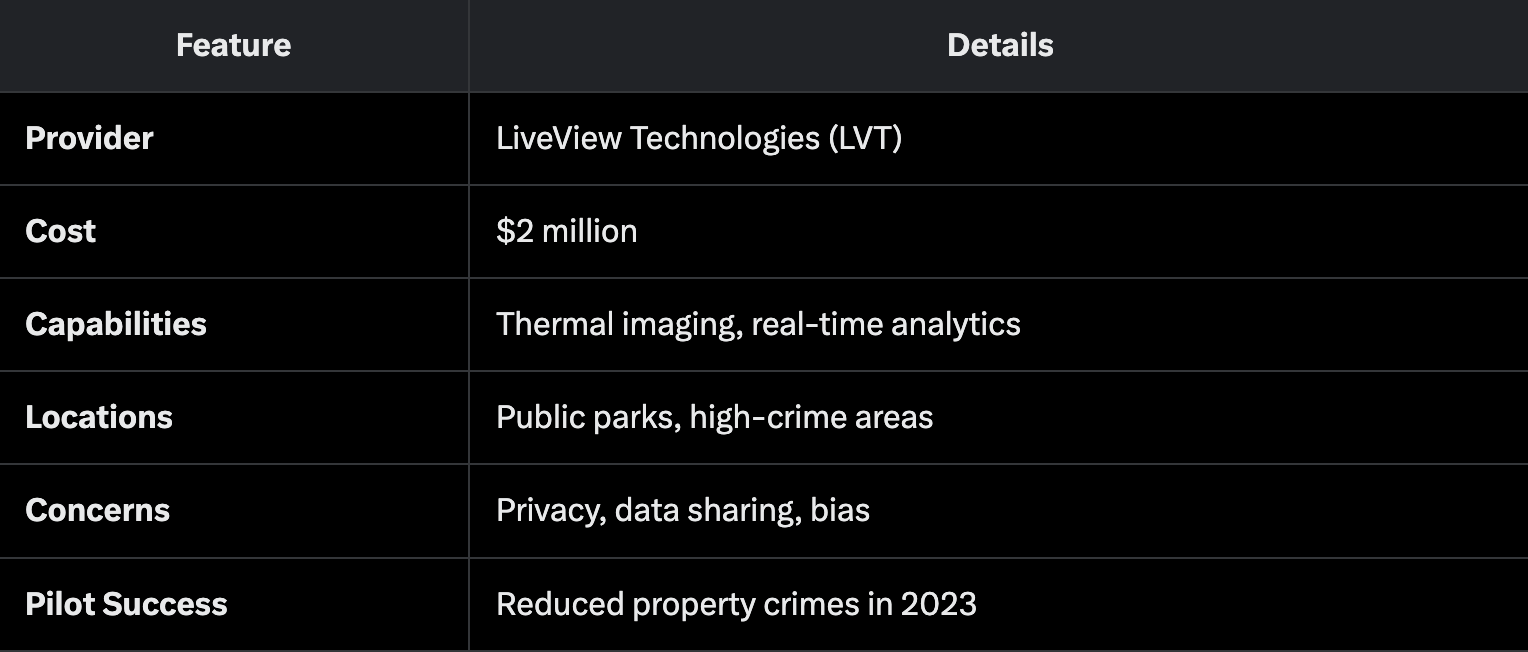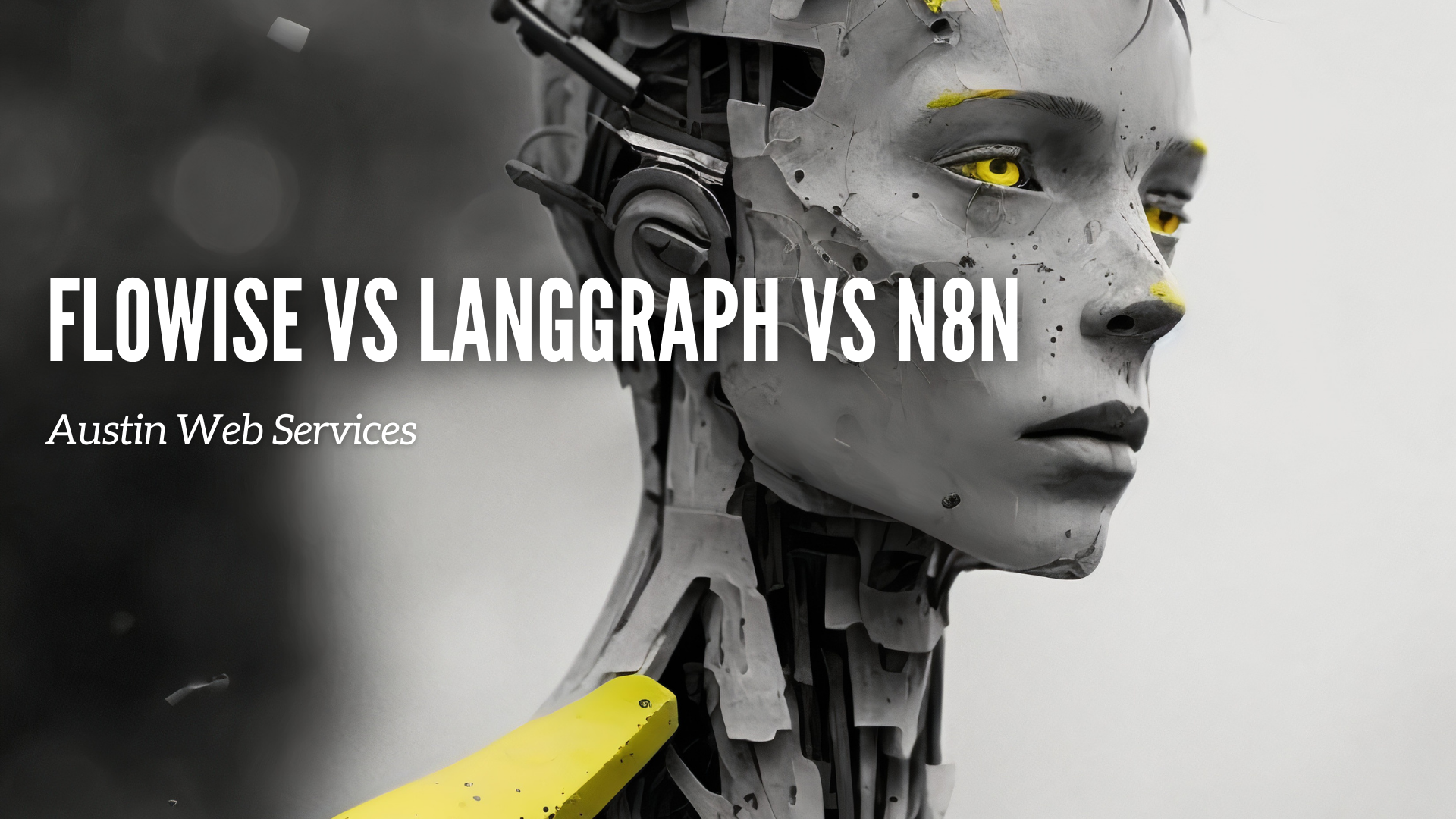Austin, Texas, a hub of technological innovation, is at the center of a heated debate over a proposed $2 million initiative to deploy AI-powered surveillance cameras in public parks, set for a city council vote on August 28, 2025. These cameras, developed by LiveView Technologies (LVT), aim to enhance public safety but have sparked concerns about privacy, efficacy, and civil liberties.

Enhancing Public Safety or a Texas Surveillance State?
Austin’s vibrant tech scene is no stranger to cutting-edge solutions, but the proposal to install AI-driven surveillance cameras in city parks has ignited a fierce debate. The initiative, listed as Item #33 on the August 28, 2025, city council agenda, seeks to address rising crime rates with technology from LiveView Technologies (LVT).
Following the termination of a contract with Flock cameras due to a 0.2% effectiveness rate, Austin aims to deploy new AI-powered towers that promise advanced monitoring. Proponents argue these cameras can deter crime and optimize law enforcement resources, while critics, including privacy advocates and YouTuber Louis Rossmann, warn of a dystopian surveillance state. With Austin’s history of balancing innovation and civil liberties, this proposal tests the city’s commitment to both safety and privacy.
Research Insight: Austin terminated its Flock camera contract after scanning 113 million license plates for only 165 arrests, costing $7,300 per arrest, per rossmanngroup.com.
Enhancing Public Safety
A 2023 pilot by the Parks and Recreation Department (PARD) showed a significant drop in property crimes where cameras were deployed, prompting plans to expand the program.
Optimizing Law Enforcement Resources
AI cameras aim to streamline police operations by using real-time analytics to detect suspicious activities, allowing officers to focus on high-priority incidents.
Long-Term Urban Planning
By analyzing crime patterns, the cameras support data-driven urban planning, improving park safety and compliance with city regulations. The initiative also explores traffic management applications, aligning with Austin’s smart city ambitions.
Technology Behind AI Surveillance Cameras
Machine Learning and Computer Vision
LVT’s AI surveillance cameras leverage machine learning algorithms and computer vision to analyze footage in real time. These systems, equipped with thermal imaging and night vision, detect objects and behaviors from 1,200 feet away. They can distinguish humans, vehicles, and anomalies, reducing false alarms by 30% compared to traditional CCTV.
The proposal has sparked significant backlash, with critics like Louis Rossmann warning of privacy erosion. Residents fear constant monitoring could chill free speech and lead to profiling, especially in marginalized communities.
Legal Precedent for AI Cameras in Austin Texas Downtown
Some residents support the cameras, citing reduced park crime during the PARD pilot. They argue that with strict regulations, the benefits outweigh risks, especially in high-crime areas like Mt. Bonnell, where break-ins persist.
Legally, the proposal raises Fourth Amendment questions about warrantless surveillance. The ACLU of Texas warns that AI tools, like those used by the Texas Department of Public Safety, enable tracking without oversight, eroding privacy expectations.
Data Security and Misuse
Data sharing with federal fusion centers, including potential links to ICE, fuels fears of unauthorized access. Past incidents, like Kansas police stalking ex-partners via similar systems, highlight real risks.
Currently as of August 27th 2025 the proposal is on hold. But Stay tunned right here, we will keep you updated, drop a comment, do you think this proposal is a yay or a nay ?











